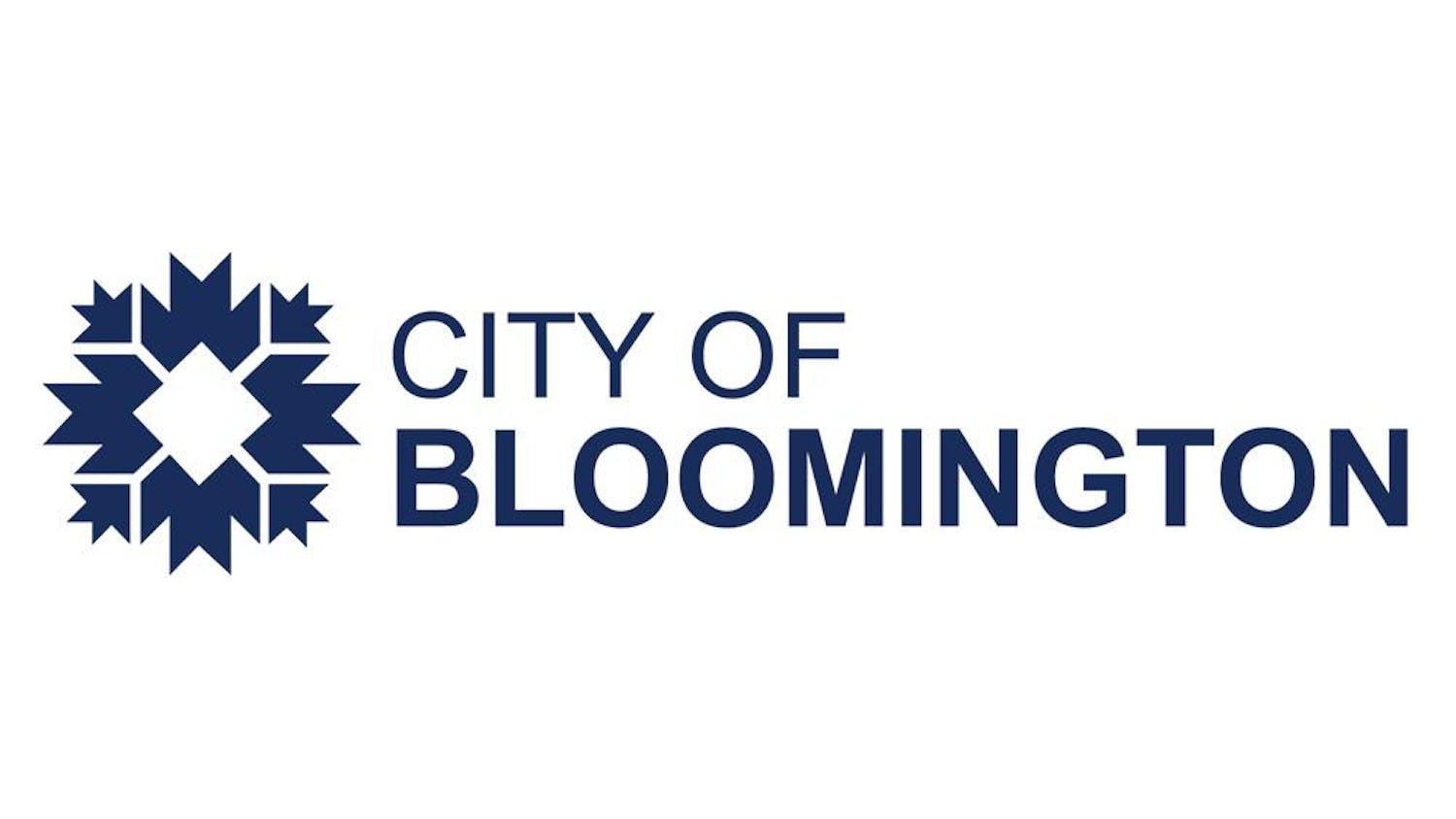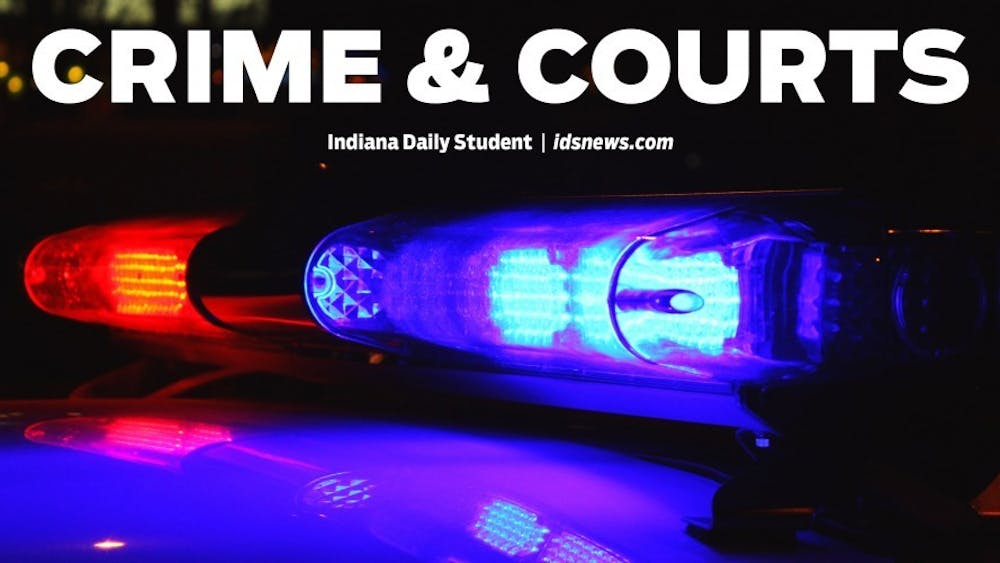Tears streaming down the faces of little black children. African-Americans being herded into football stadiums like cattle. Images of people waving signs from rooftops, pleading for help. \nStark imagery of the hunger, desperation and sadness in the aftermath of Hurricane Katrina that have been plastered on the covers of newspapers, magazines and television screens now flash on the wall of the Neal-Marshall Black Culture Center's Grand Hall. \nStudents and community members came together Wednesday night in the Neal-Marshall Center to discuss these issues at a forum titled, "Race, Media, Culture and Health: the Black Community in the Aftermath of Katrina," co-sponsored by the African American and African Diaspora Studies Department, Alpha Phi Alpha fraternity and the Neal-Marshall Center.\nEyes blinked back tears and voices trembled as the slide show images told a story that, for some, held an uncanny resemblance to slavery.\n"When I saw the people in the domes packed on top of each other, it brought back memories of the people on slave ships," said Valerie Grim, chair of the African American and African Diaspora Studies Department. "People, then and now, dying from disease, hunger and thirst. These are descendants of slaves, in the same situation."\nFrederick McElroy, a professor in the African American and African Diaspora Studies Department, said the images showing people stranded on rooftops and dead bodies floating in the murky water showed a disconnect between the rich and the poor, the whites and the blacks.\n"It is problematic that some peoples' lives are disregarded ... but maybe we should not be surprised given the legacy and the history of the United States in regards to black people," McElroy said.\nCarolyn Calloway-Thomas, a professor in the Department of Communication and Culture, criticized terms like looter, looting and refugee, which were used to describe those affected by the hurricane. \n"Sadly, people focused on blacks taking property, when so many people had no food to eat or water to drink or even shoes on their feet," Calloway-Thomas said. "They could not put themselves in these people's shoes."\nThe anger was obvious as one panelist pointed to the failures at the local, state and federal levels of government. Calloway-Thomas held an empty black picture frame through which she envisioned the faces of people that could have been affected by the storm.\n"Put the Bush twins, Barbara and Jenna in this frame, in the Superdome in New Orleans," Calloway-Thomas said, holding up a frame. "How long would it have taken for FEMA officials to respond (to) them?"\nSenior Cameron Beatty encourages students and faculty alike to reach out to students at a local level who have made IU their new home. \n"We have to come together to support our people," Beatty said. "No matter what, that is what we need to do"
Community discusses Katrina, race
Professor: 'It is problematic' that lives are discarded
Get stories like this in your inbox
Subscribe





